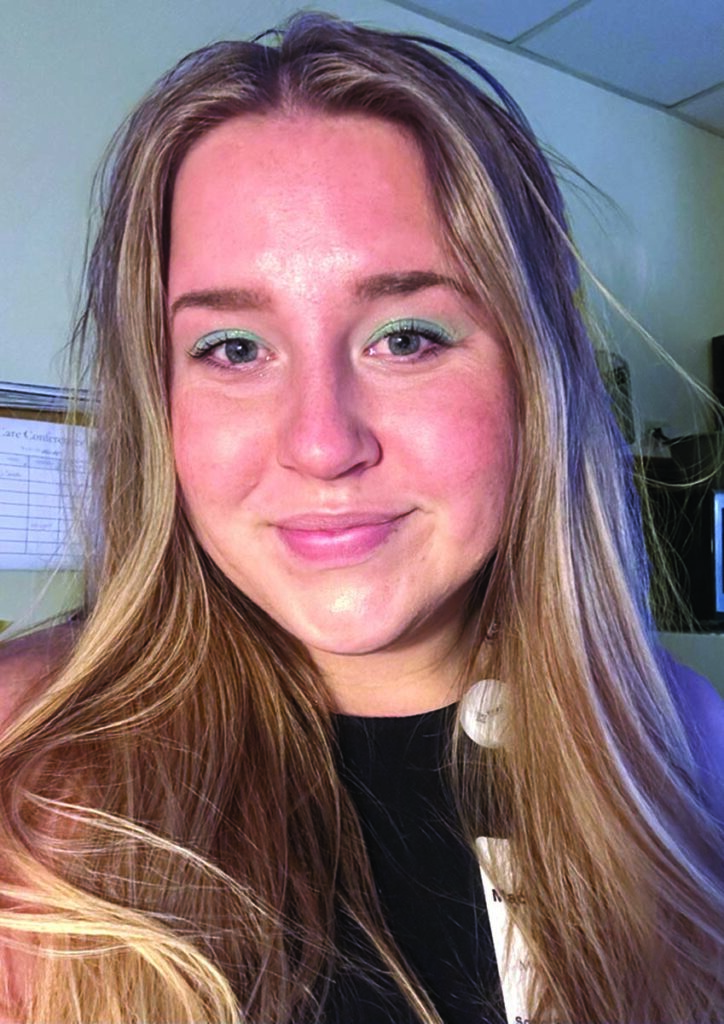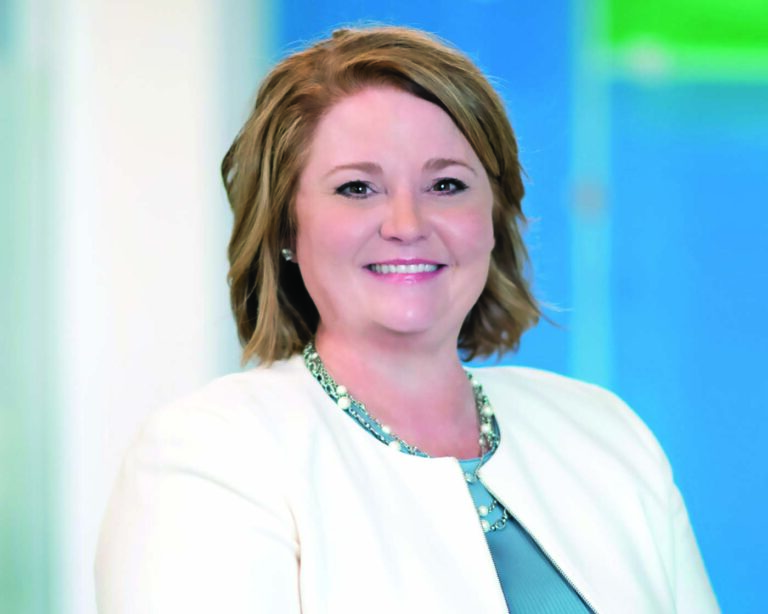While the upcoming fall season means the arrival of pumpkin spice, it can also result in the arrival of a fall transitional period for older adults. Fall acts as a transitional period between summer and winter, resulting in a variety of changes such as weather and available daylight. For seniors, fall can bring feelings of nostalgia or loss. Due to the loss of outdoor activities and gatherings, this can result in feels isolation or depressive episodes. In some seniors, fall may also amplify pre-existing medical conditions or worsen symptoms of depression.
Seasonal affective disorder (SAD) is a form of depression that gets worse in the fall and winter. An individual can be affected by a mild version of seasonal affective disorder, which appears like “winter blues” and typically looks like feeling a little down. Seasonal affective disorder goes beyond the blues and has the potential to affect your daily life. It affects how you feel and how you think. Seasonal affective disorder typically starts in early adulthood and affects about 5% of adults.
Seasonal affective disorder can be linked to winter patterns and seasonal changes. Colder seasons, such as fall and winter, often result in more inclement weather. Ice and snow can result in hazards and potential falls. Due to these factors and risks, older adults are more likely to spend their time indoors, away from opportunities of socialization. Studies also suggest that seasonal affective disorder is linked to altered levels of melatonin, affecting the sleep-wake cycle.
Seasonal affective disorder is diagnosed by a healthcare provider or a mental health specialist, however, it is still beneficial to be aware of signs or symptoms of Seasonal affective disorder. Seasonal affective disorder is typically characterized by a pattern of symptoms, lasting 4-5 months of the year. Symptoms can include persistent sad or empty mood throughout the day, feelings of hopelessness, loss of interest in activities, decreased energy, changes in sleep or appetite, social withdrawal, oversleeping, and suicidal ideations.
Despite our best efforts, we cannot prevent the seasons from changing, thus being forced to transition with the seasons. The best way to treat seasonal affective disorder is to work with your healthcare providers and provide support to those in your life struggling with seasonal affective disorder. For older adults, the best way to navigate the fall transition is to focus on other aspects of their life, such as indoor hobbies. Indoor hobbies such as crafting, reading, puzzles, and baking are great avenues to expend energy and work to maintain cognitive plasticity. Essentially, having fun while keeping the mind active. Another way to navigate the fall transition is to keep regular social interactions with those around you. Spending time with loved ones and friends contributes to positive well-being by fostering connections. A fun way for seniors to navigate this fall transition is to celebrate seasonal changes with themed activities. Celebrating the seasons and holidays, such as baking fall related items or decorating, is a great way to embrace the changes in new or exciting ways.






